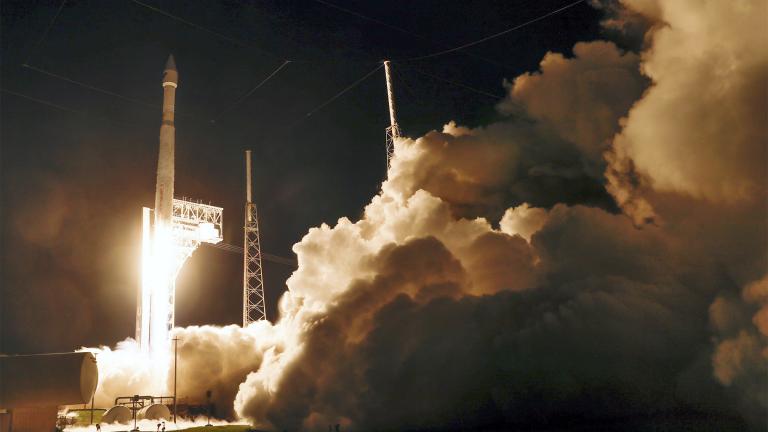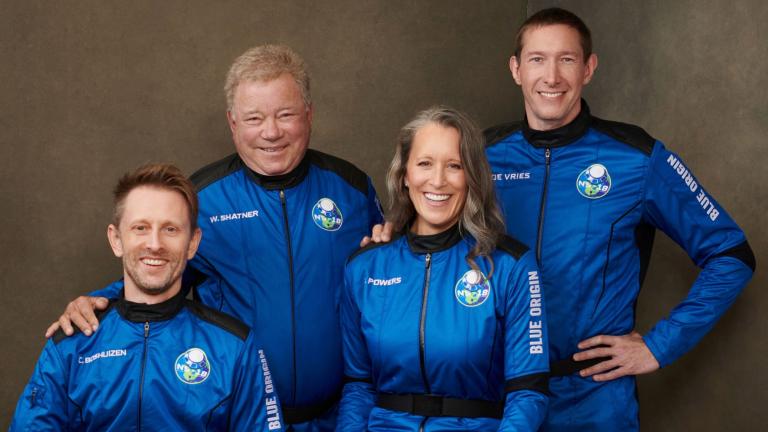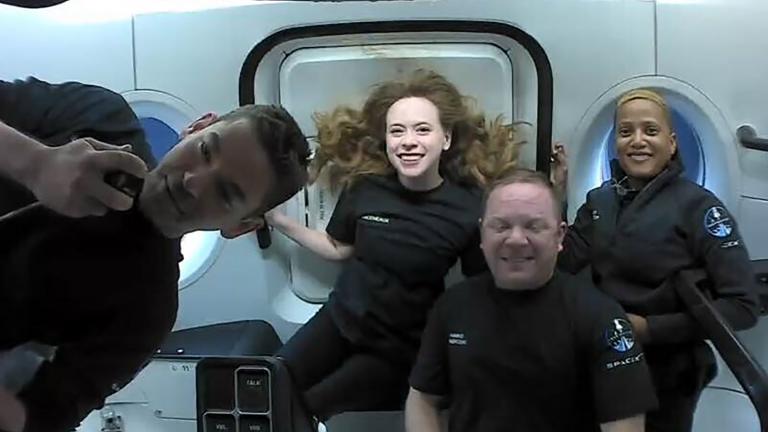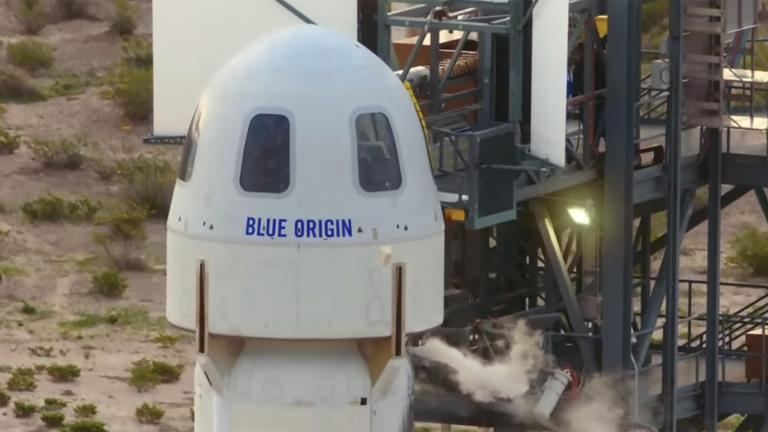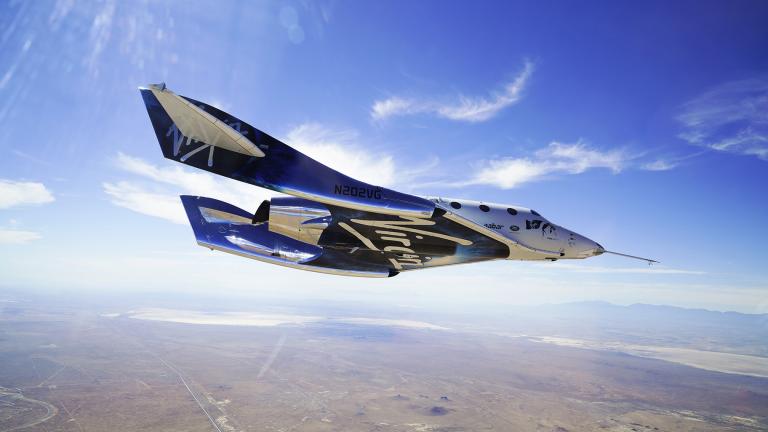Virgin Galactic founder Richard Branson just became the first billionaire to fly his own spacecraft to the edge of space.
On Sunday, the winged rocket ship VSS Unity was carried by a mothership to around 50,000 feet before detaching and then blasting to a peak altitude of 57 miles above the Earth’s surface before returning to land. The entire trip took roughly an hour and afforded Branson and his three fellow passengers — employees at Virgin Galactic rather than paying passengers — a view of the curvature of the Earth and several minutes of weightlessness.
But beyond being the ultimate billionaire’s joyride, how significant was the achievement?
Allen Root, a senior writer at Barron’s who writes about the commercial space industry among other topics, said that while Branson’s accomplishment was impressive, it was not nearly as impressive as Elon Musk’s SpaceX delivering NASA astronauts to the International Space Station in May 2020. That was the first time a crewed NASA mission had launched from the U.S. since the retirement of the space shuttle in 2011.
“(Musk) took two people to the International Space Station. I called that a 10 out of 10 on the excitement meter,” said Root. “This (Virgin Galactic flight) to me was sort of a six out of 10 on the excitement meter … That’s not to denigrate what just happened. It was very cool.”
Phil McAlister, director of commercial spaceflight operations for NASA, is excited by the boom in commercial space operations and the potential for public-private partnerships.
“We’re just starting to scratch the surface on that,” said McAlister. “You know, these capabilities were not available to NASA prior to just this year.”
READ: Billionaire Blastoff: Rich Riding Own Rockets Into Space
McAlister says NASA is just now assessing how it might want to use some of the opportunities presented by commercial space operations in low Earth orbit.
“We have just begun a program to determine what might be appropriate for us,” said McAlister. “You can imagine doing some scientific experiments with that three or four minutes of microgravity. You can also you do it for sort of tool development. If you want to take a tool or some sort of mechanism up to the International Space Station, you want to make sure it works in microgravity because you don’t want to take it all the way up there and have to bring it back … So there’s a myriad of ways we think we could leverage these capabilities.”
According to McAlister, the best thing about the development of a private space industry that NASA can partner with is that NASA doesn’t have to do all the work.
“Previously, we had to build everything ourselves,” said McAlister. “Now with the private sector taking on this responsibility and developing these capabilities themselves, we can just buy a ticket just like everybody else and we think that’s pretty cool.”
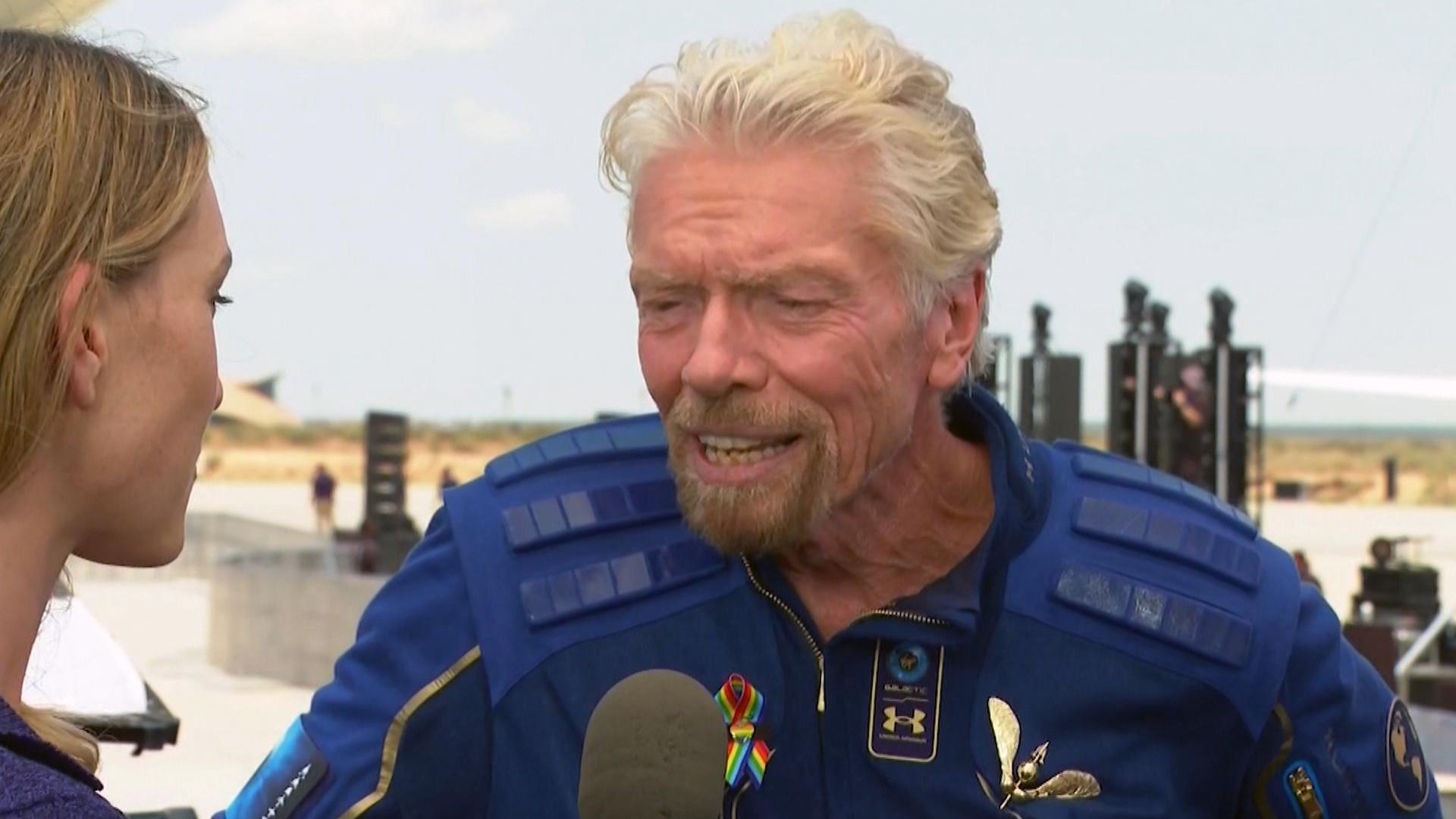 On Sunday, July 11, 2021, Richard Branson became the first person to fly into space on a self-funded ship. (WTTW News via CNN)
On Sunday, July 11, 2021, Richard Branson became the first person to fly into space on a self-funded ship. (WTTW News via CNN)
Virgin Galactic has reportedly sold some 600 tickets at $250,000 apiece for space tourists with very deep pockets, while a seat on Bezos’ New Shepard spacecraft, set to carry the Amazon founder into space later this month, was auctioned off for some $28 million.
Root likened Branson’s Virgin Galactic experience as “essentially being like a Disney ride for the 1 percent.”
Local astronomer, planetary scientist and space enthusiast Mark Hammergren says it’s likely to be a long time before space travel is accessible to all but the richest among us.
“Looking at Virgin Galactic, I think Virgin Atlantic is a good comparison here,” said Hammergren. “People can spring for international plane travel so families can do that kind of thing. That’s in the realm of ordinary people. So then you go to like specialty cruises, maybe an order of magnitude 10 times the cost. That’s what people might be able to spring for.”
But he says that when the cost of a flight is $100,000 and up, that’s beyond the budget of most.
“So I think the price is going to have to come down by at least a factor of 10, if not more than that to be really opening up to the public,” said Hammergren.

